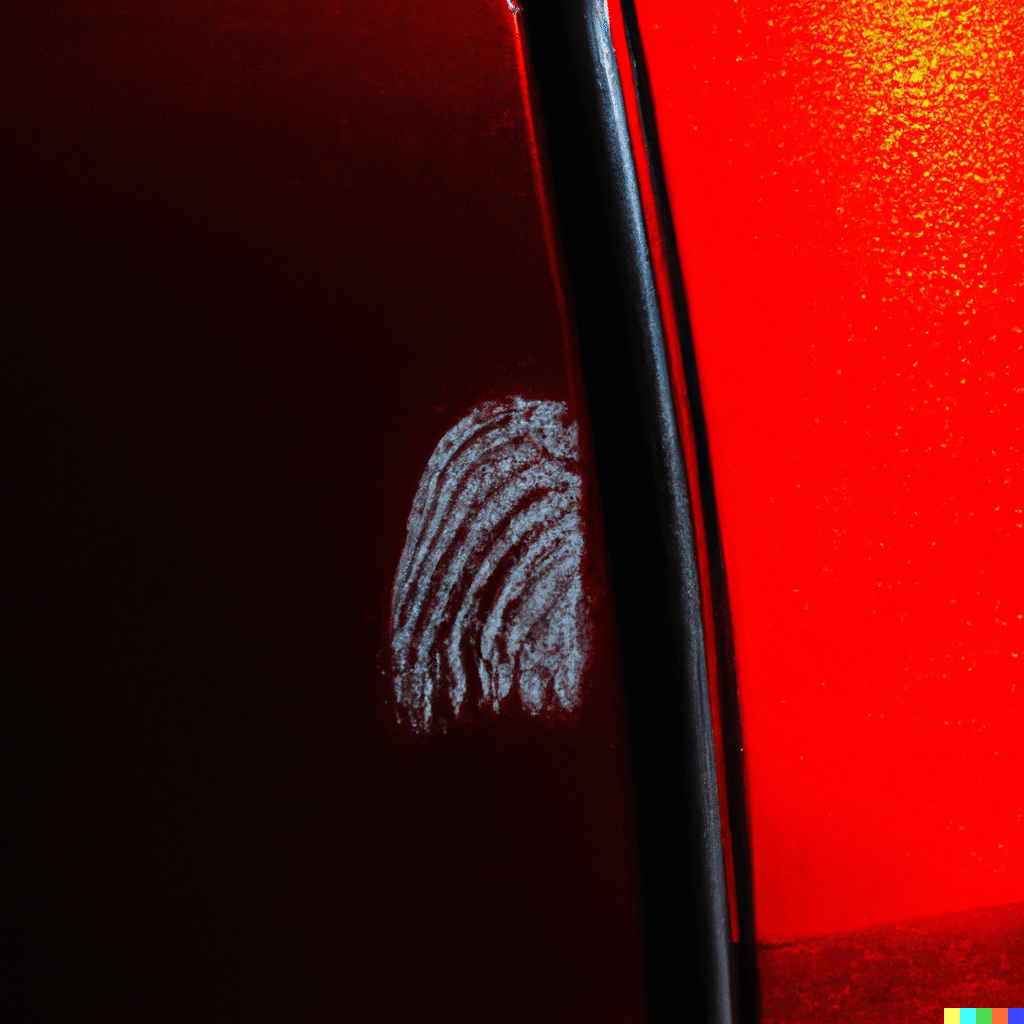
When a police officer touches your tail light during a traffic stop, they are typically doing it for a few reasons:
- Leaving evidence: By touching the tail light or the back of the vehicle, the officer is leaving their fingerprints on the car. In case the traffic stop turns into a dangerous situation or the officer is harmed, their fingerprints serve as evidence that they were at the scene and had contact with the vehicle.
- Checking for damage or modifications: The officer might also be checking the rear of the vehicle to make sure it’s functional and not damaged, which could be a reason for the traffic stop in the first place. Additionally, they may be checking for any illegal modifications to the vehicle.
- Routine practice and distraction: For some officers, touching the tail light is a routine practice they follow during traffic stops. It can also serve as a subtle distraction for the driver, allowing the officer to observe the driver’s behavior and any potential movements inside the vehicle. This helps the officer assess the situation for their own safety and make decisions accordingly. While this may be the case, it is not normal for the officer to want to be seen placing a fingerprint on your vehicle (as the fingerprint may serve as evidence later).
It is important to note that not all police officers follow this practice, which may vary depending on their training or personal preference. With the addition of body and dashboard cameras there is less of a reason for police officers to touch your tail lights. However, some may do it out of habit or still be trained to touch the tail light in their jurisdiction.
After the stop has concluded, if your car is quite dusty it may be in your best interests to remove the fingerprint. If you have a fingerprint on your car the next time you get pulled over, the officer may be less lenient if they assume you have recently had another interaction with a law enforcement officer.

